If you have ever asked yourself a question of how you could bypass your furnace’s flame sensor, this article is right here for you to answer it!
You might want to bypass your flame sensor for many different reasons, but since it is all about the gas appliance, you are definitely worried how safe such a hack will be for you and for your household and neighbors!
This is why we decided to do a small research on the topic of how to bypass a flame sensor on a furnace, whether it is possible or not, whether you should do that at all, etc.
We are also going to explain how your flame sensor works so that you could better understand the scheme of its functioning. And finally, you will learn how you can tell that the flame sensor got faulty.
With all that in mind, you will easily manage any minor issues that may come along with the flame sensor of your furnace without even calling for a specialist from the local gas service!
Related: How to Trick a Flame Sensor?
How to Bypass a Flame Sensor On a Furnace?
Are you wondering how to temporarily bypass your flame sensor? If yes, then we will have to upset you since this is not recommended to do!
You might be wondering about this hack for different reasons, but in most cases, homeowners start searching for such hacks when their flame sensors stop “seeing” the flame in the furnace.
What folks usually do in this situation is that they take pliers and simply bend the flame detector to have it closer to the flame.
But even though such an action can really help and make the heater unit finally sense the pilot flame, as well as turn on the main gas immediately after, this is a bad idea to do so!
The flame detector is a crucial component to positively identifying a flame and stopping the gas flow in case there is no flame.
By modifying the flame detector, you are at risk of the main not lighting and putting lots of unlit gas right into your house! And that could be the cause of a massive explosion!

How Does a Furnace Flame Sensor Work?
If you are not much familiar with all those furnace inside parts, you might definitely wonder how in fact the fire detector works.
We agree that being informed about it is necessary for every owner of a gas furnace because this information will help you understand better what to do in case your unit experiences any troubles with its work.
So, if we are talking about a furnace flame sensor, it works by detecting the presence of a flame within the furnace. The sensor itself is short in length and it is usually made of a thin metallic rod.
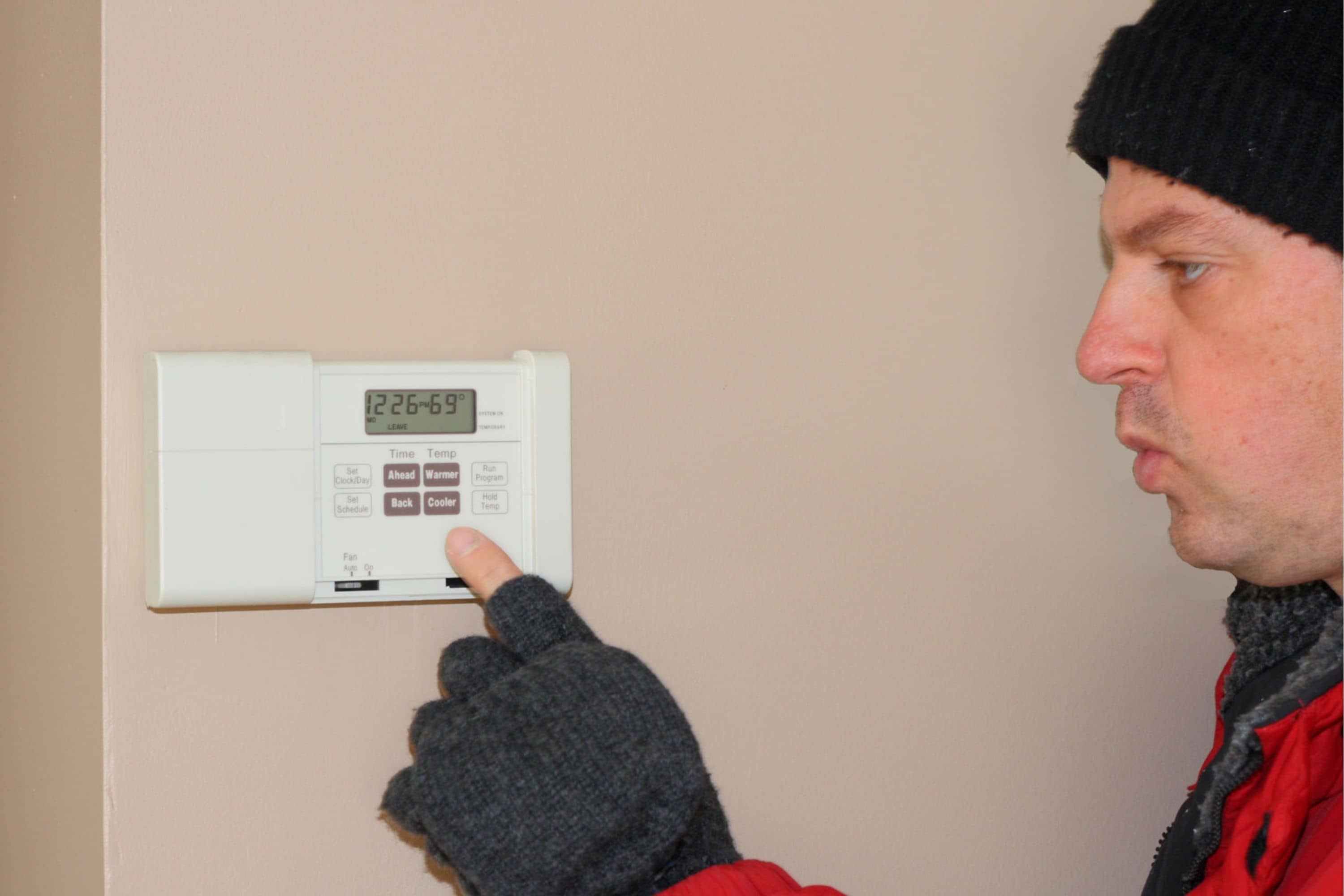
This rod creates a small current of electricity in order to confirm that there is fire burning within the unit.
As the gas valve opens to start the combustion process, this gas current is sent out from the sensor in order to detect the presence of heat that comes from the flame.
Eventually, when the sensor detects the flame, and if the unit is doing fine, heating keeps on going.
However, in case the furnace flame detector does not “see” the presence of the flame within ten seconds of the gas valve opening, the furnace will be shut down immediately. This is a preventive measure that is used for preventing any gas leaks.
How to Tell If a Flame Sensor Is Bad?
Having a faulty flame sensor can be quite a hazardous thing!
If the sensor does not detect the presence of the flame correctly or it does not “see” the flame at all, gas will keep on coming out filling your home with poisonous vapors!
This is why it is literally vitally important to be able to tell in advance whether your flame sensor is faulty or not.
So how to test a flame sensor? See, this part of the furnace does exactly what it says – it senses flame in order to make sure that the unit has fired.
This is why, if your gas valve is open but the furnace has not fired, it is not just emitting raw natural gas or propane. It will leak out of the furnace and into your home where it can easily explode when a water heater fires up or a gas stove lights.
For this reason, you need to be aware of how good and faulty flame sensors work.
- A good flame sensor that is functioning as it should will shut down the gas valve when it does not sense a flame when the furnace should be firing.
- A faulty flame detector, on the contrary, will not be able to detect the heat after the furnace has fired and is burning right now.
This is why it is very important to be able to tell in advance that your fire detector is not working properly or it is not working at all.
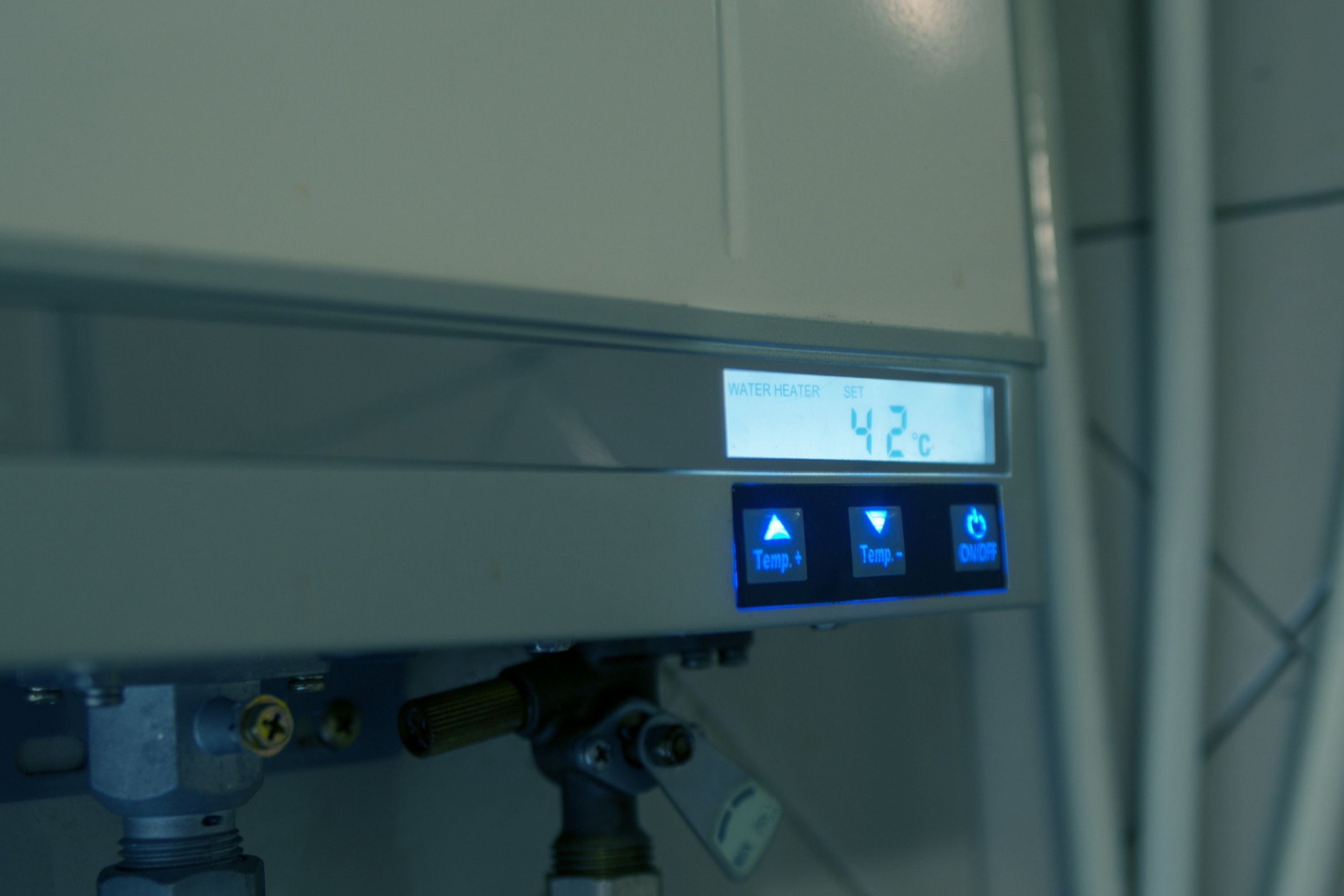
Fortunately, how to know if you have a bad flame sensor is quite easy to diagnose.
The common signs of a bad furnace flame sensor are usually the following:
- The furnace lights but then shuts down after a few seconds (short cycles)
- The porcelain on the flame sensor is cracked
- The flame sensor is sooty or corroded
This is why, if you notice any of them, we recommend you call your local gas service so that they could send a specialist who would check your unit.
We do not recommend you do any repairs though since any gas appliance is potentially dangerous!
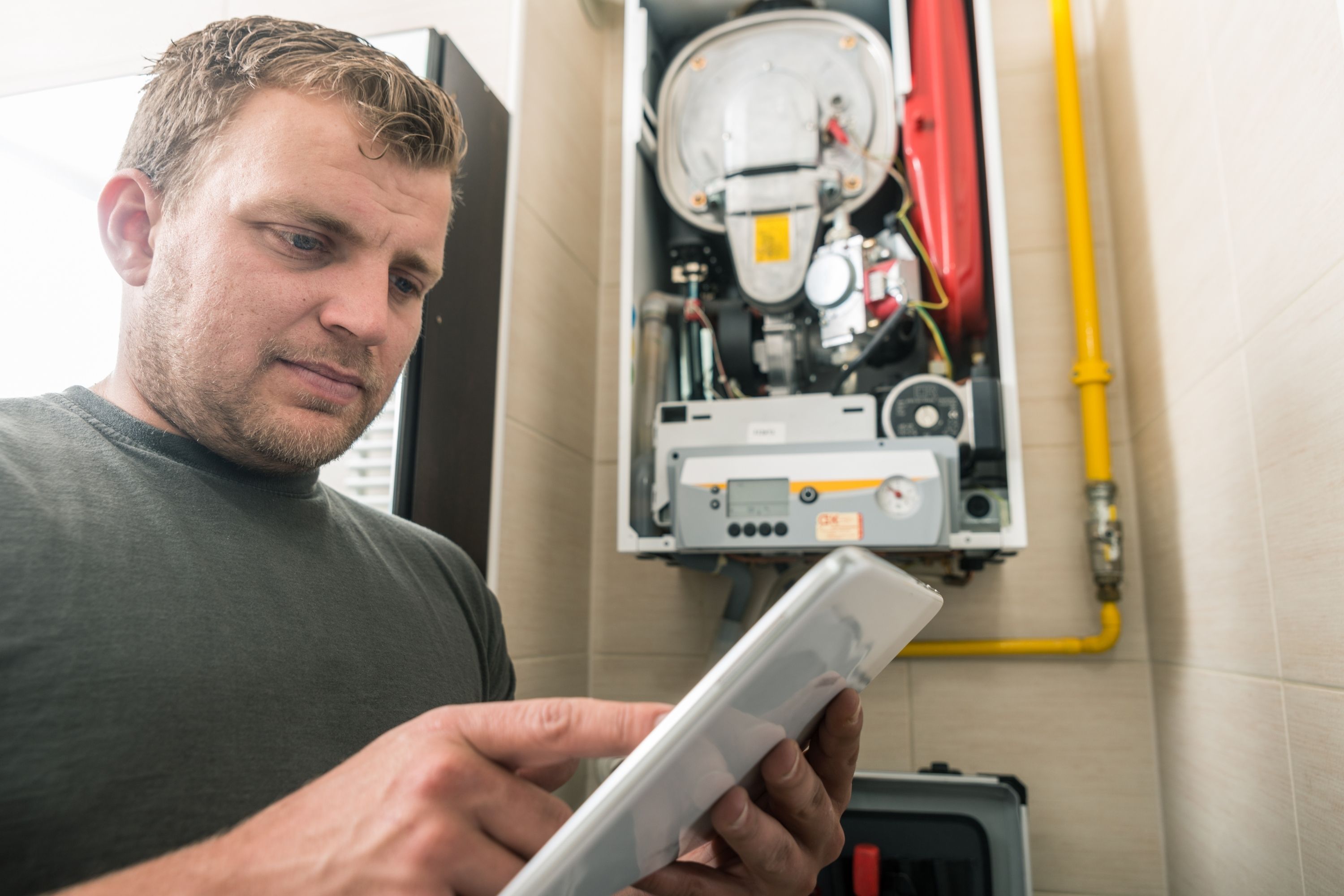
Flame Sensor Troubleshooting Methods
However, if you are absolutely sure that you have a faulty ignition sensor, you might want to troubleshoot this problem somehow. The most common ways of solving such an issue are cleaning or replacing the appliance.
We will explain how to do both in case you are still not quite sure about what exactly the problem is with yours.
But before you proceed to solving the occurring problem, you need to diagnose the issue correctly. So below you will find a step-by-step furnace flame sensor repair guide.
- Turn off electrical power to your furnace either at the furnace or at the electrical box.
- Close the gas valve.
- Remove the flame sensor.
- Gently pull out the flame sensor.
- Inspect it visually.
- If the sensor insulation is intact but looks burnt and sooty, or it has a small amount of corrosion on it, the sensor might simply need cleaning.
- If the porcelain insulation is cracked or pieces are missing, or if cleaning doesn’t fix the issue, the sensor must be replaced.
- After cleaning or replacing the flame sensor, remount it.
- Turn the power on, open the gas valve and light the furnace.
And now let’s see what exactly shall be done in case you have just a dirty sensor, and in case your problem is more serious, and your sensor needs to be replaced.

Cleaning the Flame Sensor
You might think it is difficult, but in fact, if you follow the instructions precisely, you will manage quite quickly and with almost no effort. The process is rather simple:
- Shut off power and gas to the furnace
- Remove the sensor
- Clean away soot and corrosion with a clean emery cloth
- Reinstall the flame sensor
- Restart the furnace
And that’s it! Nothing else is needed. By the way, this method can be used on both dirty and slightly corroded flame detectors to bring them back to life and to working condition.
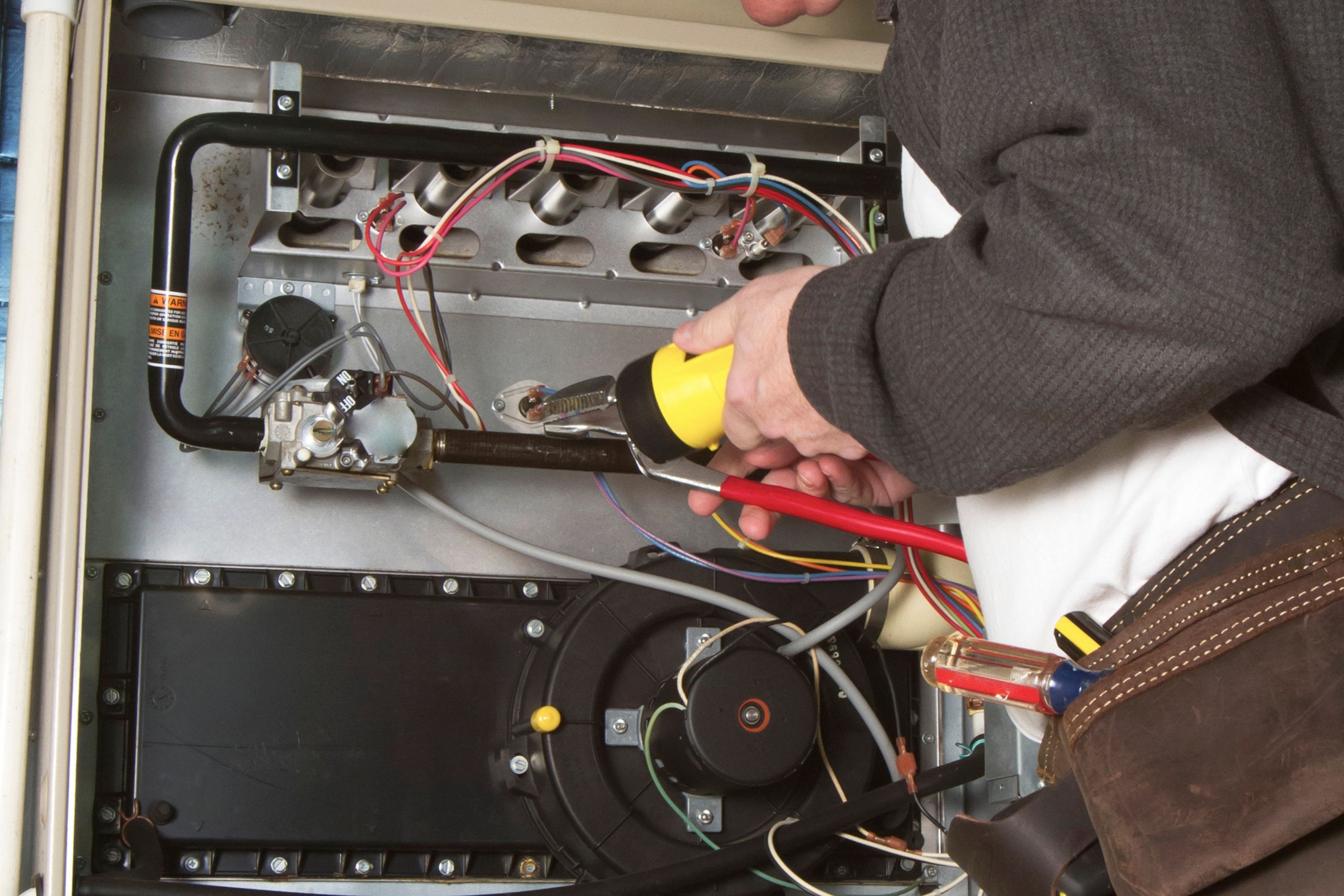
We recommend you make use of a fine grit emery cloth for cleaning since it has a higher number than coarse or medium.
The reason for using a fine grit cloth is simple: like this, you will avoid the grooves in the soft metal of the flame sensor that coarse emery cloth can cause.
Grooves collect carbon from the burner flames.
As carbon builds up, the sensor will fail again and require cleaning. You want to leave a smooth, polished surface on the metal flame sensing rod, right?
As for the cleaning process itself, it is very simple.
You simply need to wrap the cloth around the sensor and move the cloth side to side and up and down. It will help you to remove the debris.
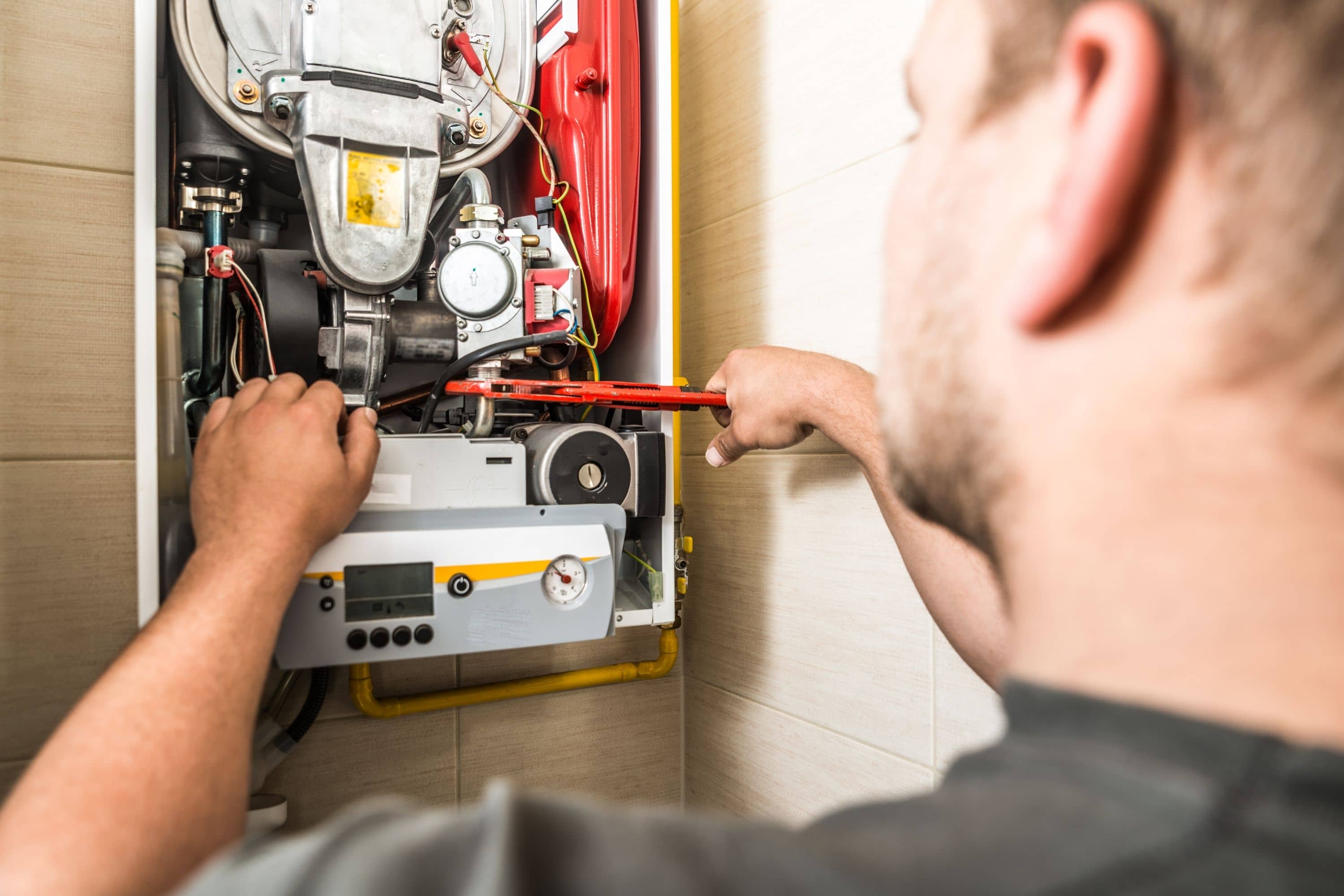
What About Replacing the Sensor?
Replacing the flame detector only needs to be done if you know for sure that no cleaning will help. But relax, the procedure is also not rocket science.
- Remove the mounting screw, and pull out the sensor
- Detach the wire from the sensor
- Push the new sensor into the opening
- Secure it with the mounting screw
- Attach the wire to the new sensor

You can know that your furnace flame sensor is broken or bad if you remove the sensor and see that it is visibly damaged, or if cleaning it doesn’t fix the issue. In either case, it should be replaced.
So this was all that we wanted to share with you on the topic of bypassing your furnace’s flame detector.
As you can see, we do not recommend you playing russian roulette and trying to hack the gas furnace this way!
Even if you do everything right, there is no guarantee that the unit will not suddenly collapse one day.
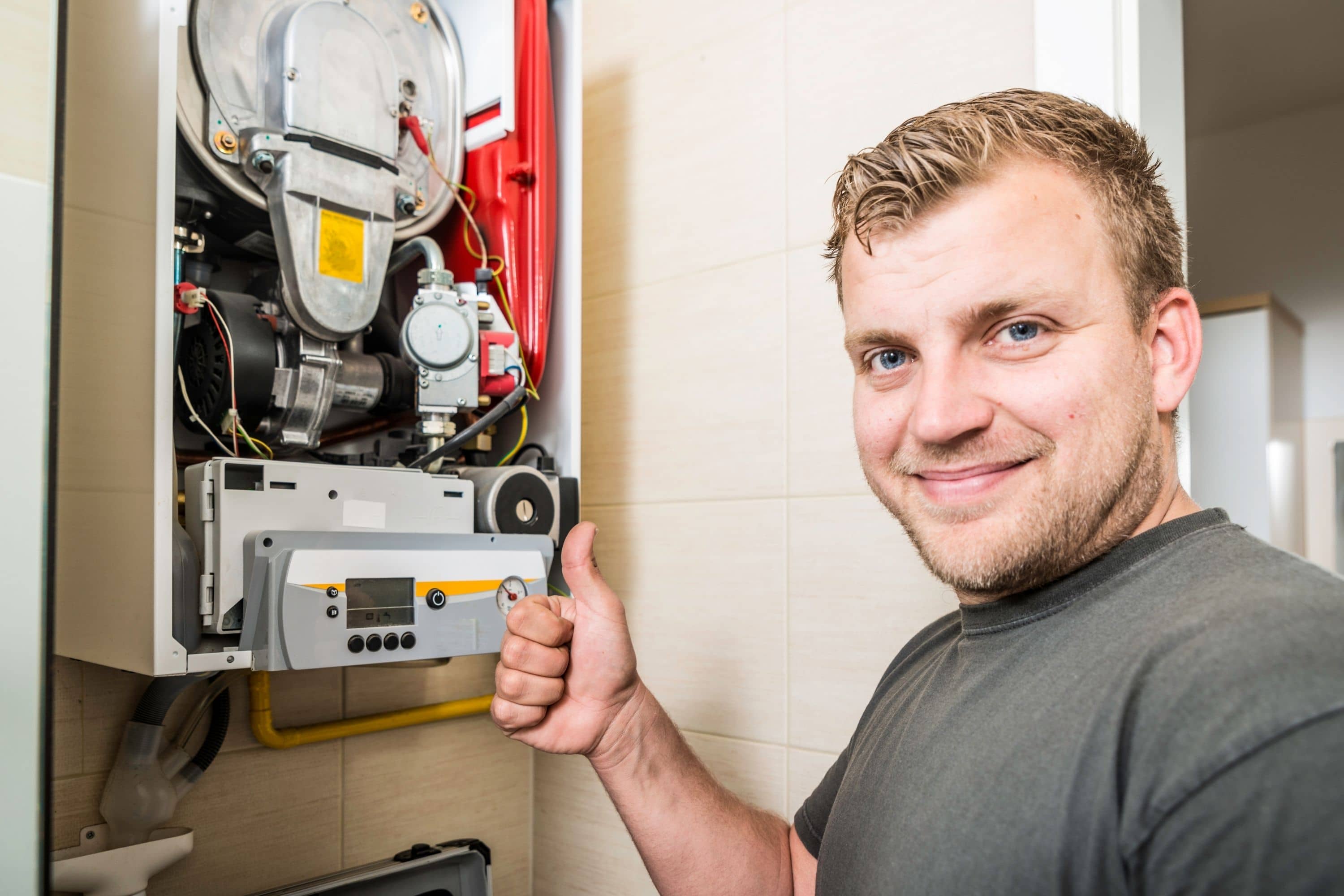
This is why you’d better call your local gas service to send a specialist to your home and inspect the furnace and the fire sensor.
And while you are waiting for a specialist to come and fix everything, you can make use of the fire sensor troubleshooting methods we shared with you today. maybe, they will help to deal with the issue on your own easily.
[wp-faq-schema title=”Frequently Asked Questions”]
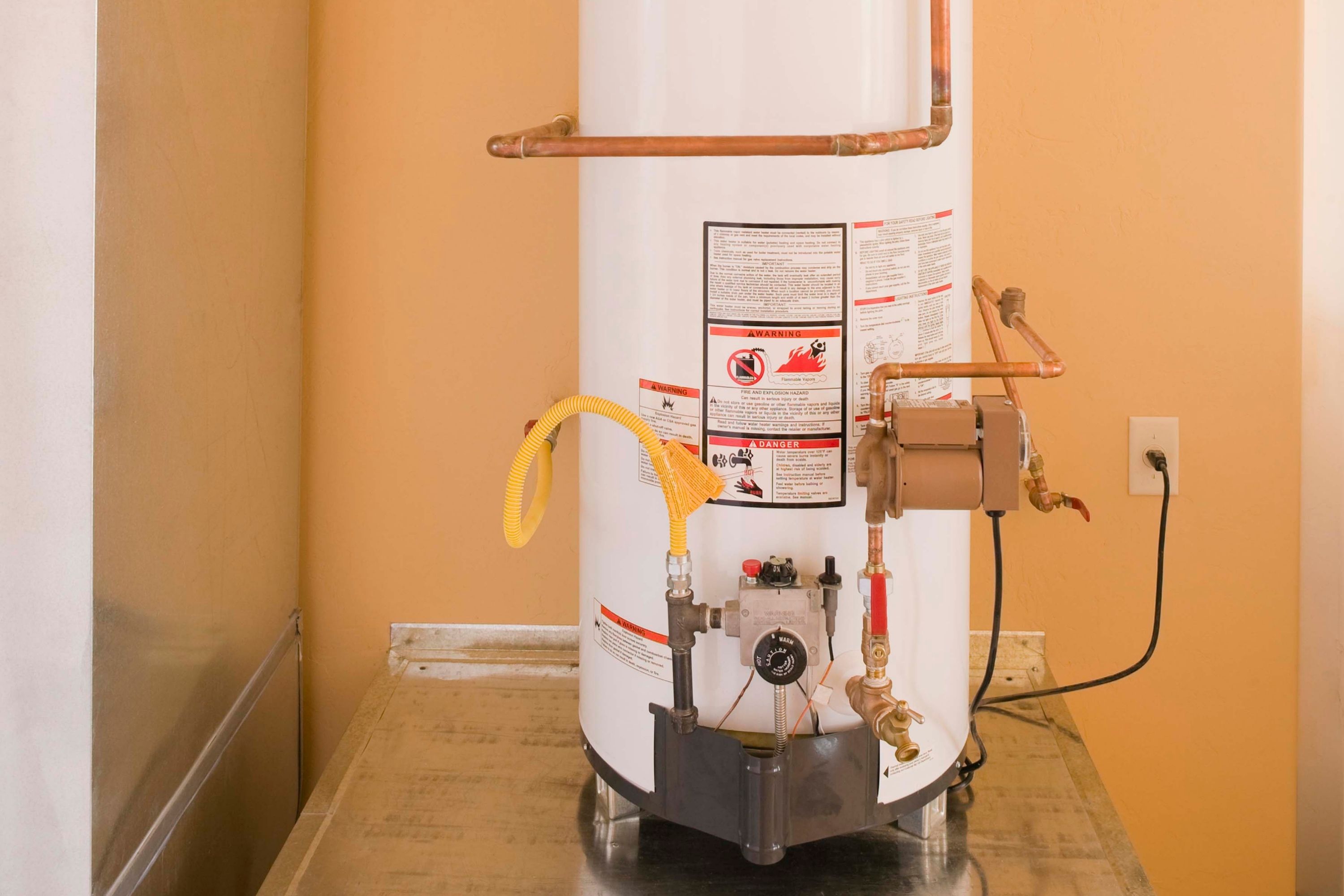
What if my replaced flame sensor is still not working? It was replaced yesterday, but we still can’t make it work! Shall I call the gas service again?
Well, since it is brand new, I guess that the problem is in how it was mounted. I think you should call your gas service, explain the case, and ask them to come and check the unit.
What is a flame sensor on a furnace? Where can I find it? I have opened the furnace but I can’t see anything that looks like the detector.
A flame sensor or a flame detector is a thin metallic wire that can be found inside of the burner assembly of your furnace. To locate the sensor, just remove the furnace access cover and search for a metallic rod with white or dingy yellow/brown porcelain surrounding the mounting end.